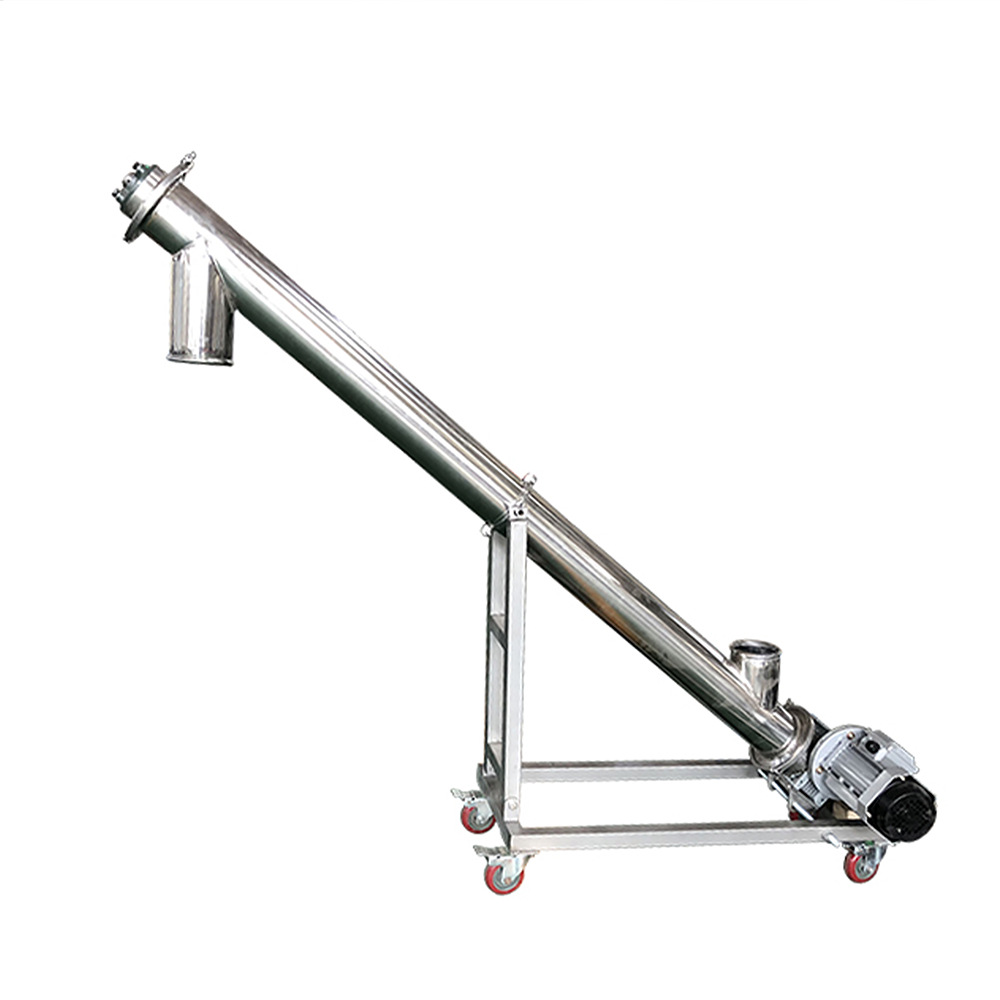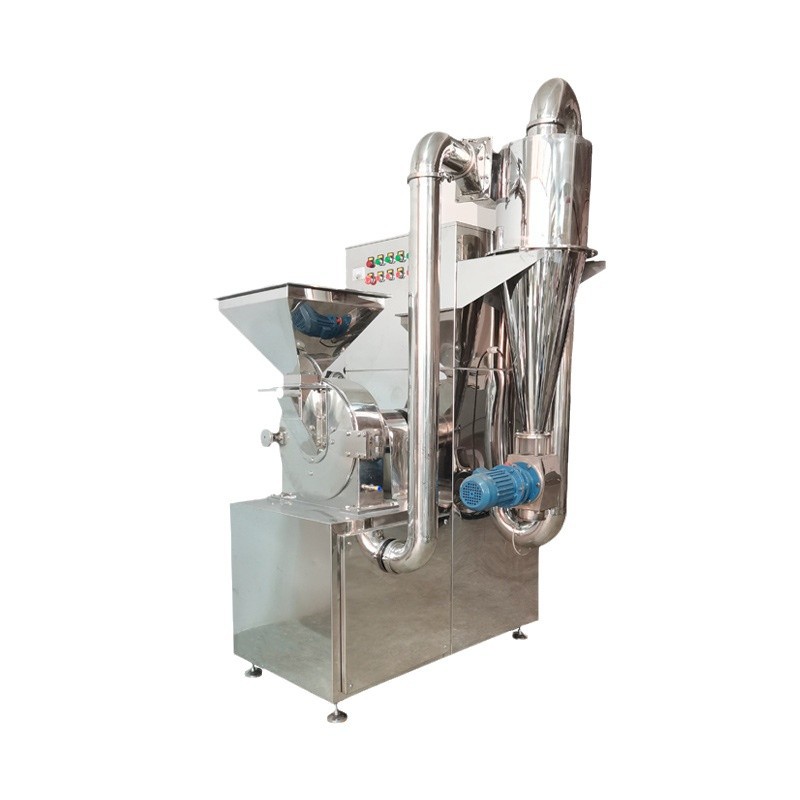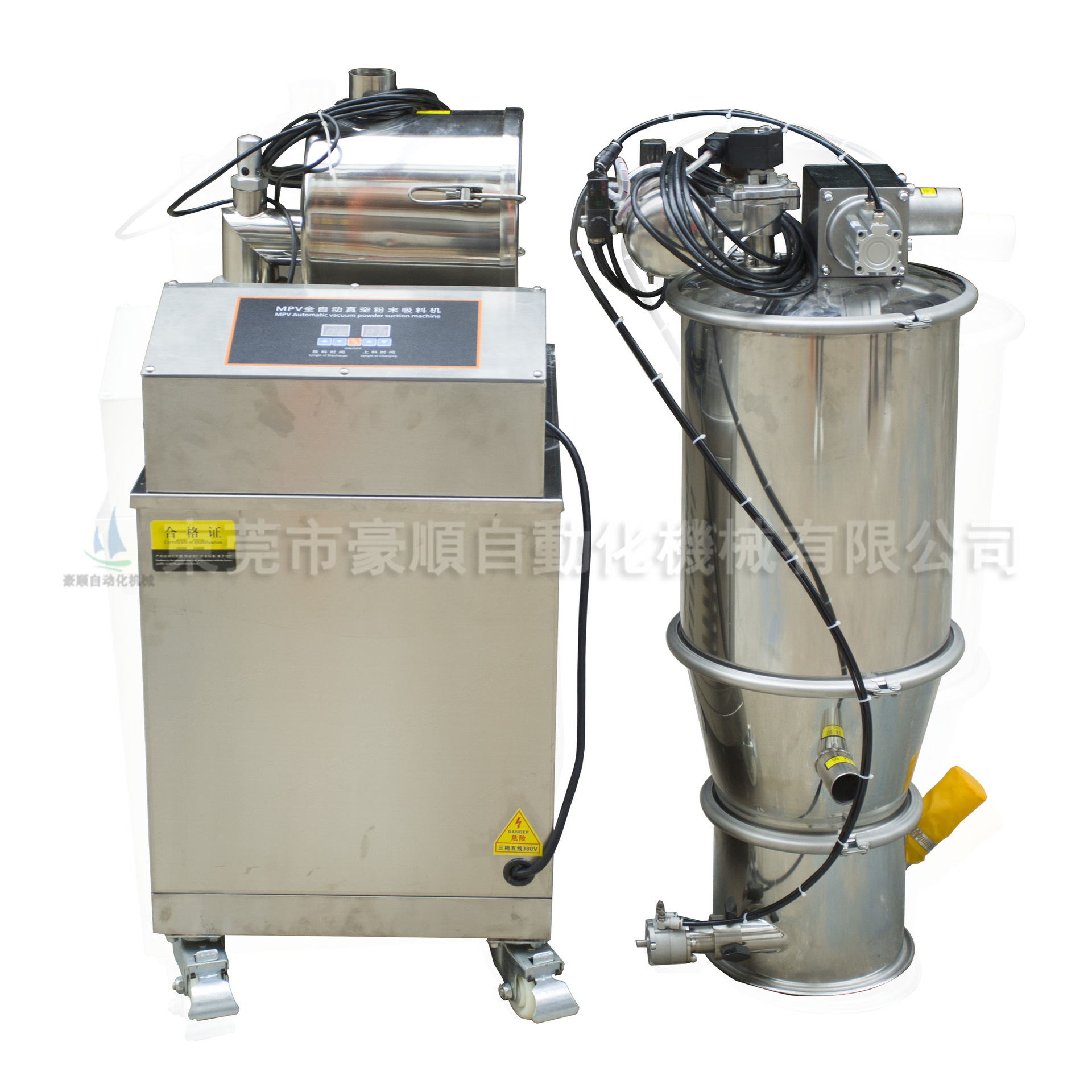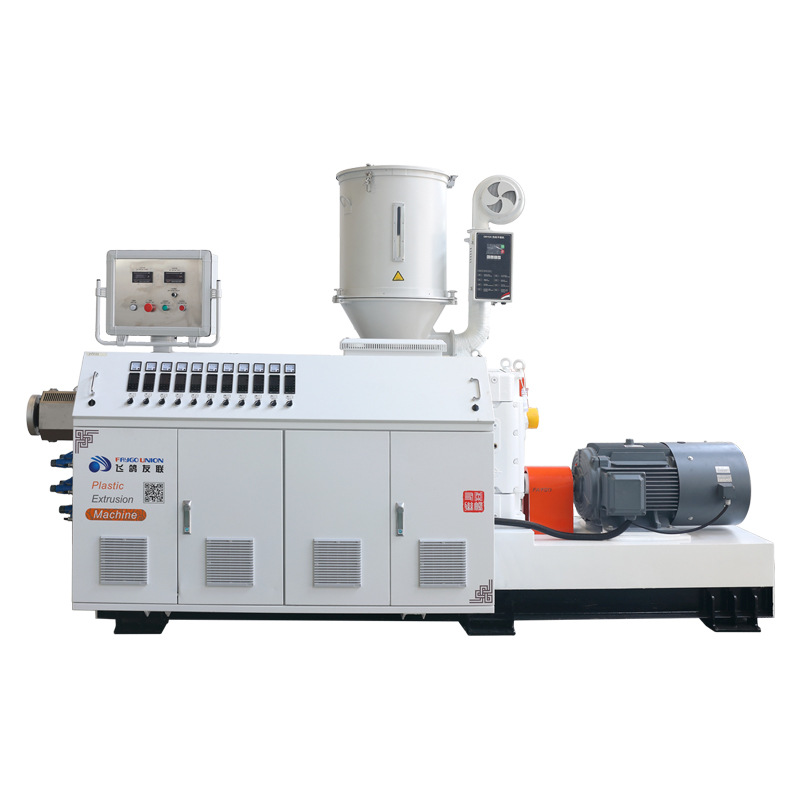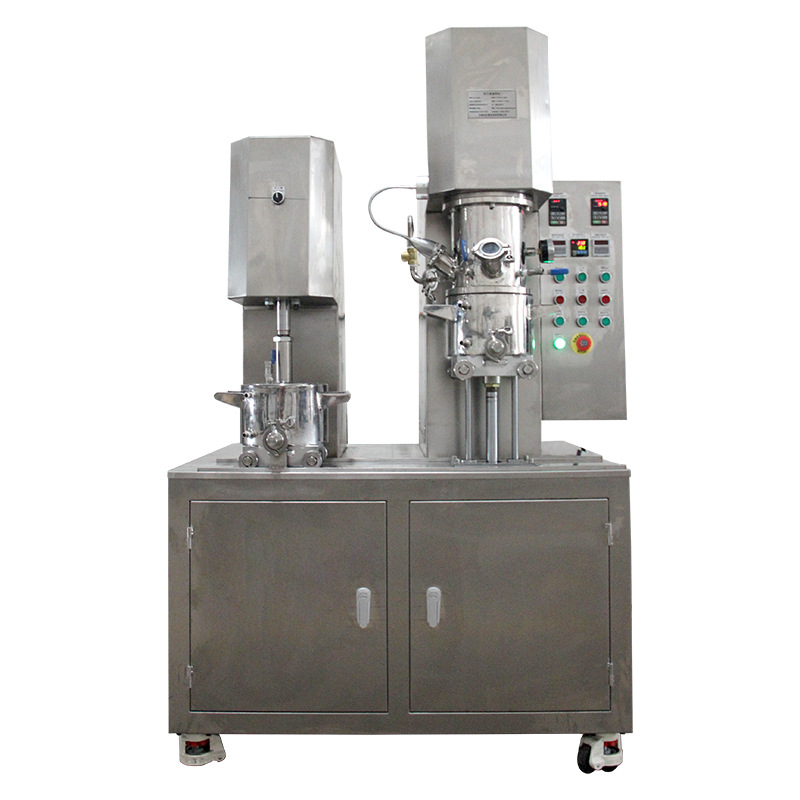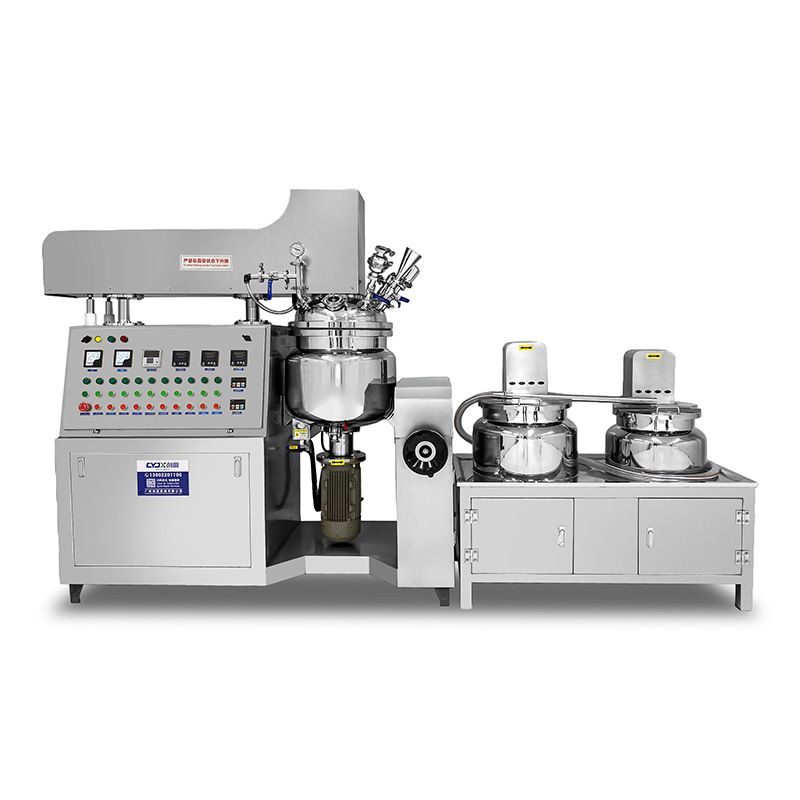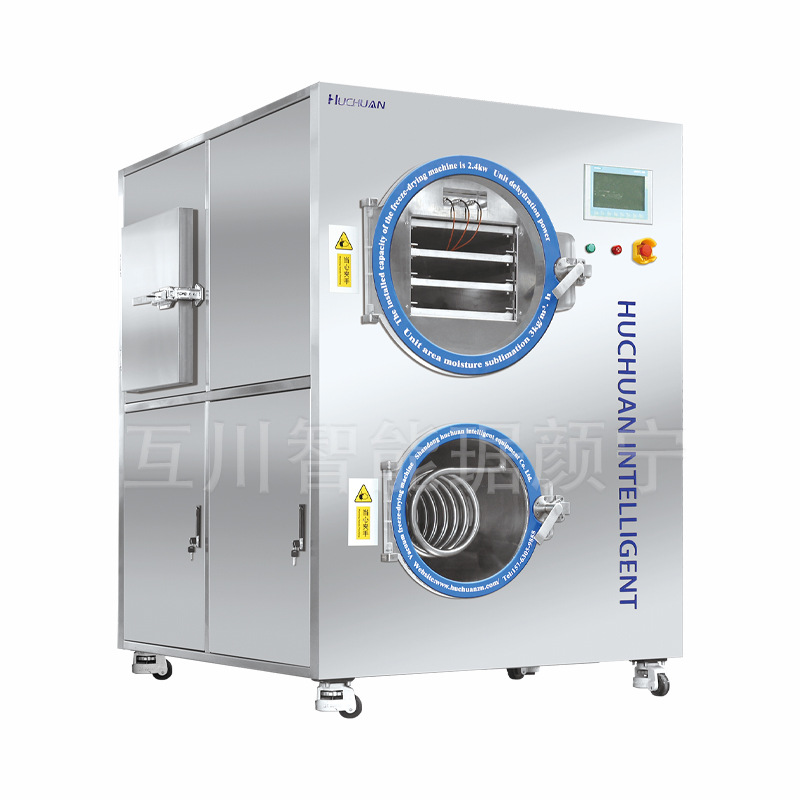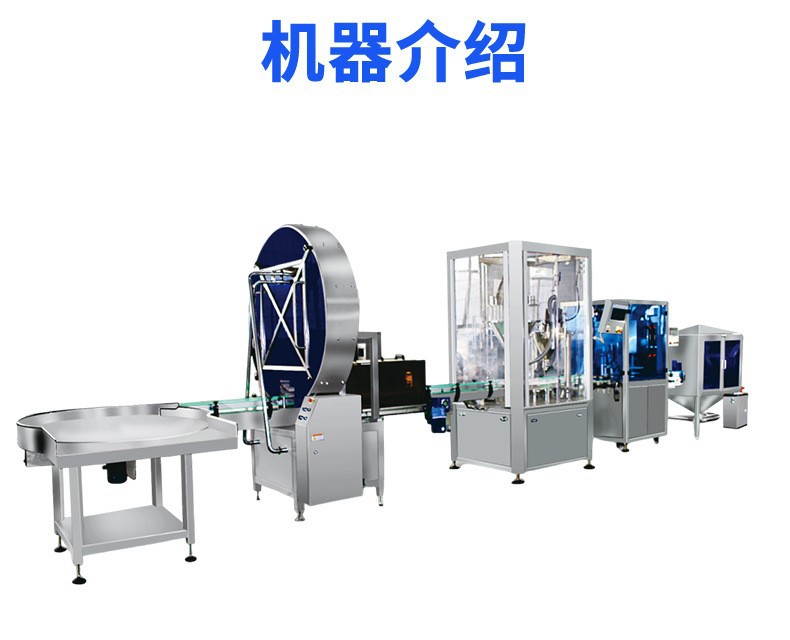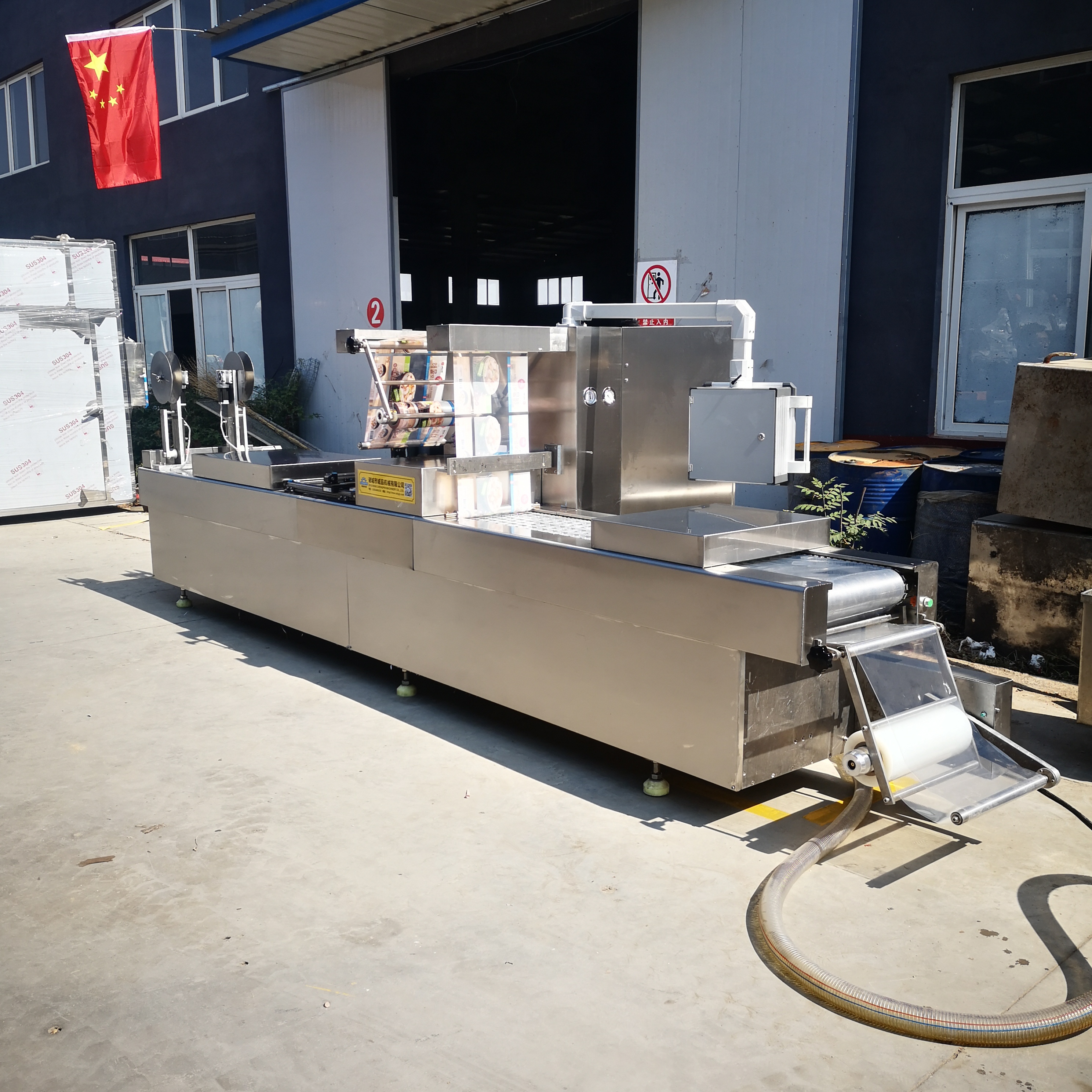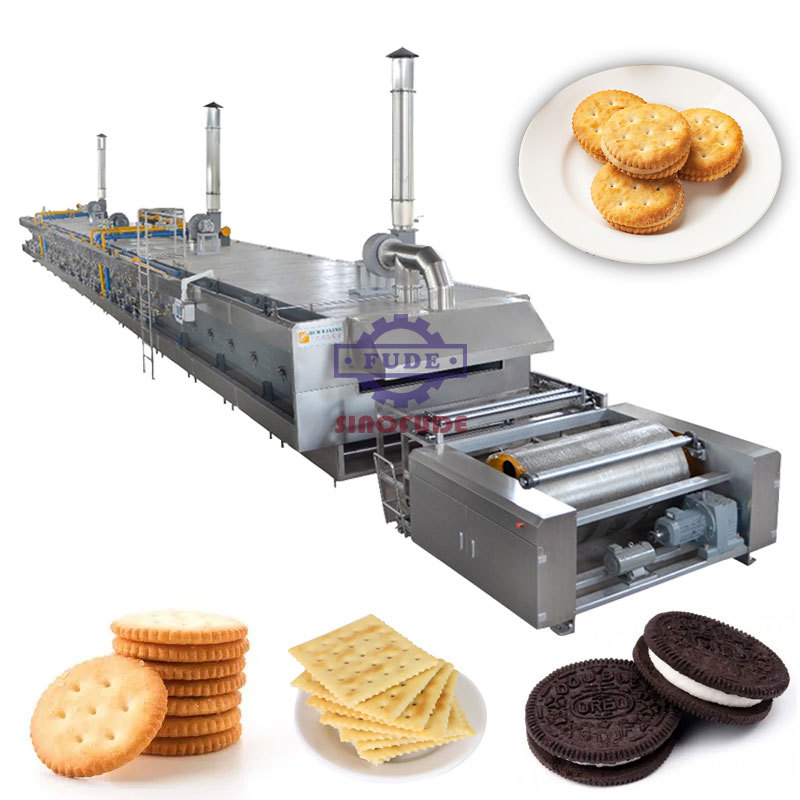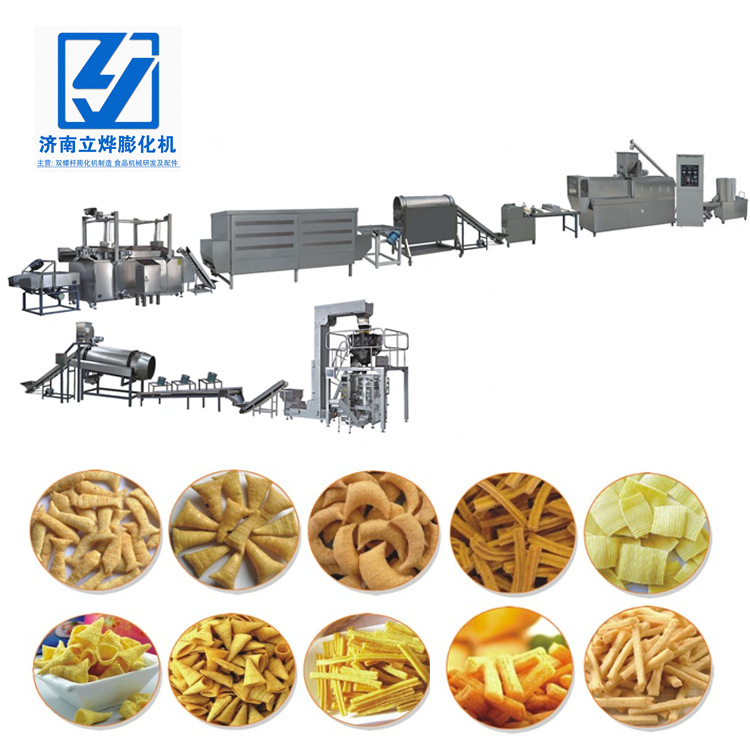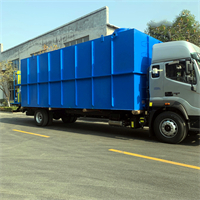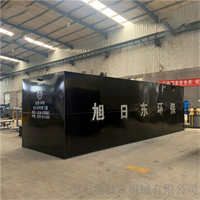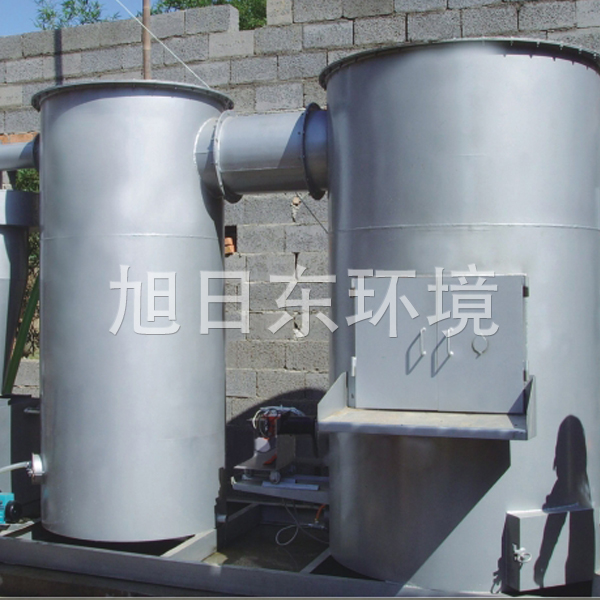1. SBR sewage treatment process:
Sequencing Batch Reactor Activated Sludge Process.
SBR process.
It is based on the process of biological treatment of activated sludge in wastewater by degrading organic matter, ammonia nitrogen and other pollutants in sewage under aerobic conditions with microorganisms growing in suspension. It is a sewage treatment technology that is widely recognized and adopted around the world by operating in the mode of intermittent aeration in chronological order to change the growth environment of activated sludge.
2. The core of SBR technology
SBR reaction tank, which integrates homogenization, primary sedimentation, biodegradation, secondary sedimentation and other functions in one tank, without sludge reflux system. It is especially suitable for intermittent emissions and large flow variations.
3. Process flow
The wastewater pretreated through the grille enters the water collection well, lifted into the SBR reaction tank by the submerged sewage pump, oxygenated by the water flow aerator, and the treated water is discharged from the drainage pipe, and the remaining sludge is discharged into the sludge well by the SBR tank after static pressing, and the sludge is used as fertilizer.
Batch operation: The operation mode of time division replaces the operation mode of space segmentation, such as the operation cycle of SBR can be adjusted appropriately and flexibly by water inlet time, reaction time, sedimentation time, decanting time, sludge discharge time and idle time.
Calculation method:
The sedimentation and drainage time (tsd) is generally designed according to 2~4h. The idle time (Tx) is generally designed according to 0.5~1h. Set the reaction time to (tf). Time required for a cycle T≥Tf Ts D Tx.
Time allocation examples, such as: the operation period is 12 hours, of which water intake is 2 hours, aeration is 4~8 hours, sedimentation is 2 hours, and drainage is 1 hour.
4. Process characteristics
1. Good purification effect: the ideal pushing process increases the driving force of biochemical reactions and improves efficiency; Anaerobic and aerobic conditions in the pool alternate.
2. Stable operation effect: sewage will settle in an ideal static state, which will have short time, high efficiency and good effluent quality.
3. Flexible operation and simple operation: each process in the process can be adjusted according to the water quality and quantity.
4. Easy to operate, maintain and manage: less processing equipment and simple structure.
5. Effectively alleviate the impact of water volume and organic pollutants: withstand impact loads, and there is treated water retained in the pool, which has a dilution and buffering effect on sewage.
6. Effectively control the expansion of activated sludge: there is a concentration gradient of DO and BOD5 in the reaction tank.
7. It is conducive to the expansion and transformation of wastewater treatment plants: SBR systems are also suitable for combined construction methods.
8. Good nitrogen and phosphorus removal effect: the process of deoxygenation and phosphorus removal should be properly controlled to achieve the alternation of aerobic, hypoxic, and anaerobic states.
9. Small footprint: simple process and low cost. The main equipment is only a sequential batch batch reactor, no sedimentation and sludge return system, and the regulation tank and primary sedimentation tank can also be saved, and the layout is compact,
5. Scope of application
1. Domestic sewage in small and medium-sized towns and industrial sewage in factories and mining enterprises, especially in places with large changes in intermittent discharge and flow.
2. Places that require high effluent water quality, such as scenic spots, lakes and harbors, not only remove organic matter, but also require phosphorus and nitrogen removal in effluent to prevent eutrophication of rivers and lakes.
3. Places where water resources are scarce. SBR systems can be physicochemically treated after biological treatment without the need for additional facilities, facilitating water recycling.
4. Places where land is tight.
5. Transformation of the existing continuous flow sewage treatment plant, etc.
6. It is very suitable for the treatment of small water volume, intermittent discharge of industrial sewage and dispersed point source pollution.
6. Precautions
1. It is suitable for the construction of sewage treatment plants and small and medium-sized wastewater treatment stations with a scale of III, IV, V, and is suitable for the treatment of intermittent discharge of industrial wastewater.
2. The number of reaction cells should not be less than 2.
3. The design parameters of the reaction tank include the number of cycles, water filling ratio, oxygen demand, sludge load, sludge yield, sludge concentration, sludge age, etc.
4. When nitrogen removal is the main goal, it is advisable to choose low sludge load and low water filling ratio. When phosphorus removal is the main goal, it is advisable to choose high sludge load and high water filling ratio.
5. The design of SBR should comply with the provisions of HJ 577-2010 and related process engineering technical specifications.
7. Basic background
In recent years, the treatment of wastewater from pig farms by the sequence intermittent activated sludge method (SBR) has attracted more and more attention, which is relatively simple compared with other processes, less trouble to dispose of residual sludge, save investment and investment, occupy less land, low operating costs, resist the impact of organic load and toxic load, and have a flexible operation mode. It has been reported that the SBR reaction process is controlled in real time through redox potential, which further improves the removal effect of nitrogen and phosphorus, saves energy and investment.
